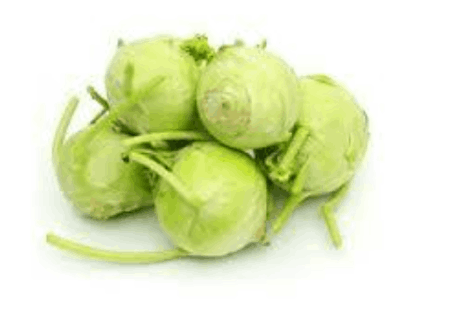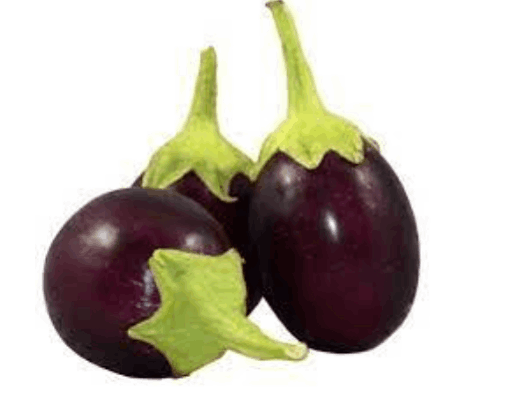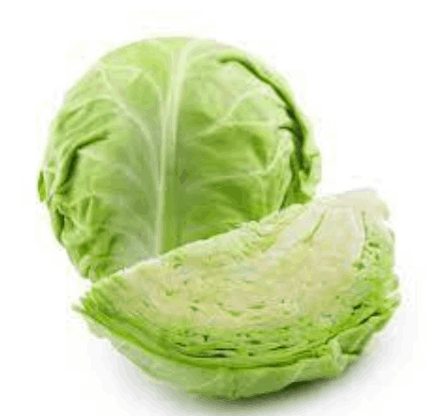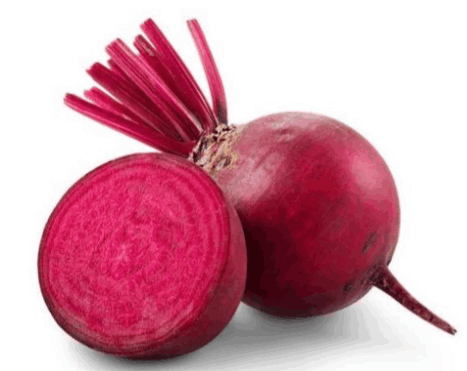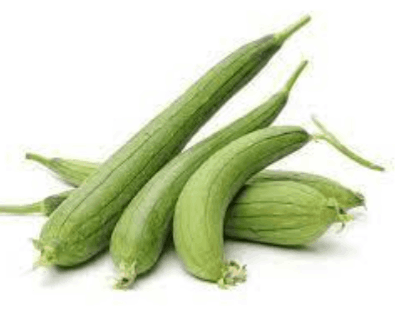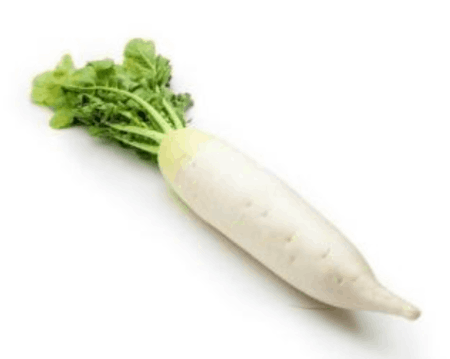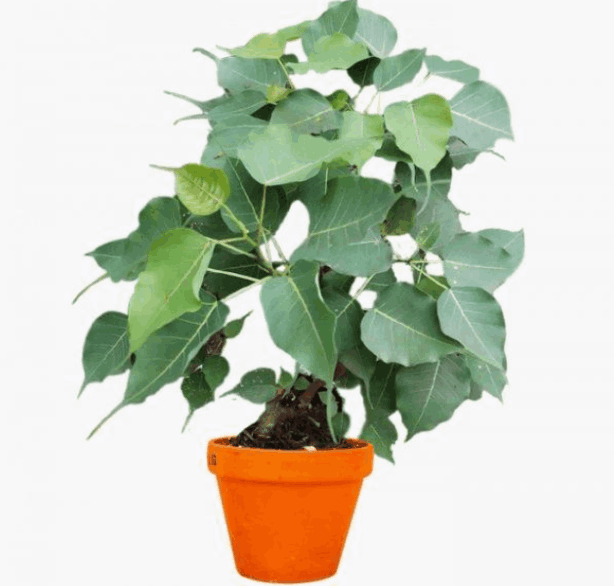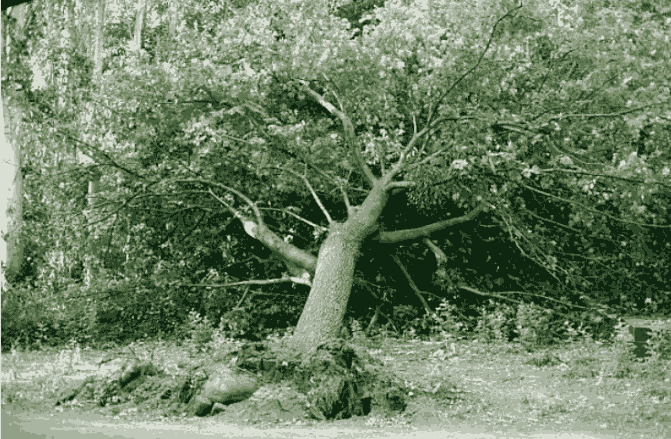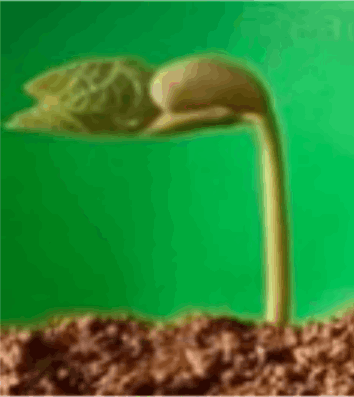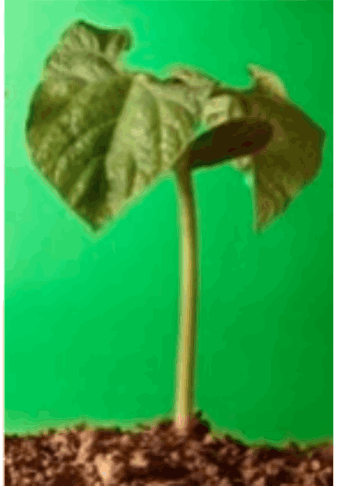Evs Class 4 Chapter 19 Questions and Answers - Free PDF Download
FAQs on NCERT Solutions For Class 4 Evs Chapter 19 Abdul In The Garden - 2025-26
1. Why are roots so important for a plant or a tree?
In a plant or a tree, the root is the one that grows first in the soil. The root holds the tree firmly inside the ground. Root takes water and minerals from the soil and supplies it to the rest of the plant. The plant then makes food for itself. Some plants also store food in the root that we eat in the form of vegetables.
2. How should we take care of our plants?
We should regularly water the plants. We should keep trimming the leaves and the branches of the plant so that they can grow more. We must clean the dried leaves and twigs that fall on the ground.
3. How can Vedantu help in improving my grades?
You can improve your grades by referring to the study materials and ample worksheets available on our website. There are mock tests also by which you can test your progress with a particular subject. You can reach out to our team of experienced and skilled teachers and subject experts to clear all your doubts or for any other help. They have designed the concepts in a step-to –step method and they are self-explanatory. Students who have availed this benefit from Vedantu have shown remarkable improvement in their grades.
4. How is NCERT EVS for class 4 help the students?
The content in the NCERT EVS book for Class 4 is centered on the child. The chapters in the NCERT EVS provide children a lot of space to explore on their own. In order to engage the child with the book, a variety of formats have been used. The lessons are in the form of narratives, poems, stories, puzzles, jigsaws, comic strips, etc. Stories and narratives are the tools that sensitize the child since children can easily relate with the characters in the stories or narratives. The language also is very simple so that they can easily understand. Active participation among the children is very important in constructing knowledge so the exercises behind the chapters are designed in that mode.
5. Are Vedantu's NCERT Solutions for Chapter 19 of Class 4 EVS well suited for CBSE exam preparation?
The NCERT Solutions you choose for your studies must help you in exam preparation effectively. Vedantu's NCERT Solutions for Chapter 19 of Class 4 EVS perform this job perfectly well because:
They are prepared in a way that ensures they are authentic and as per CBSE guidelines
The teachers that prepare these solutions are highly experienced and know the examination requirements.
Our teachers prepare these solutions for each grade suitably.
Added explanations and summaries of the chapters are provided for better understanding.
6. Do Vedantu's NCERT Solutions for Class 4 EVS Chapter 19 provide answers to all the questions mentioned in the NCERT textbook?
Yes, Vedantu’s NCERT Solutions contain the answers to all the questions of Class 4 EVS Chapter 19. Each question that is answered is perfectly written as per different questions' requirements. Diagrams and necessary information are provided wherever required. The language used to answer these questions is straightforward and uncomplicated. Also, these solutions are provided on Vedantu’s website and app for free.
7. What is the chapter “Abdul in the Garden” about?
“Abdul in the Garden” is a very interesting chapter of Class 4 EVS. It introduces students to the wonderful world of plants and their workings. It talks about the importance of the roots of various plants and gives them a glimpse of the different types of roots. It is a very interesting chapter that helps the students to learn in a fun and interactive way. They are asked to grow plants from seeds and a cotton wad and make observations.
8. What is so peculiar about the roots of the Banyan tree?
Unlike other plants and trees, the roots of the Banyan tree hang down from its branches. These roots grow down from the branches until they reach the ground. The roots then go down into the ground like other trees and absorb water. The roots of the Banyan tree are so strong that they act like pillars providing support to the tree. The children use them as swings and play on them.
9. How can students understand the chapter “Abdul in the Garden” well?
“Abdul in the Garden” is taught interactively and practically so that children retain the information better. However, children also need to understand the theoretical information. Vedantu provides added explanations, summaries, and important points on the chapter in simple and easy language which will also help the students to understand the chapter well. Hence students must read their NCERT textbook and apply the knowledge provided therein. Following this, they can refer to Vedantu's NCERT solutions and explanation for the chapter.

























